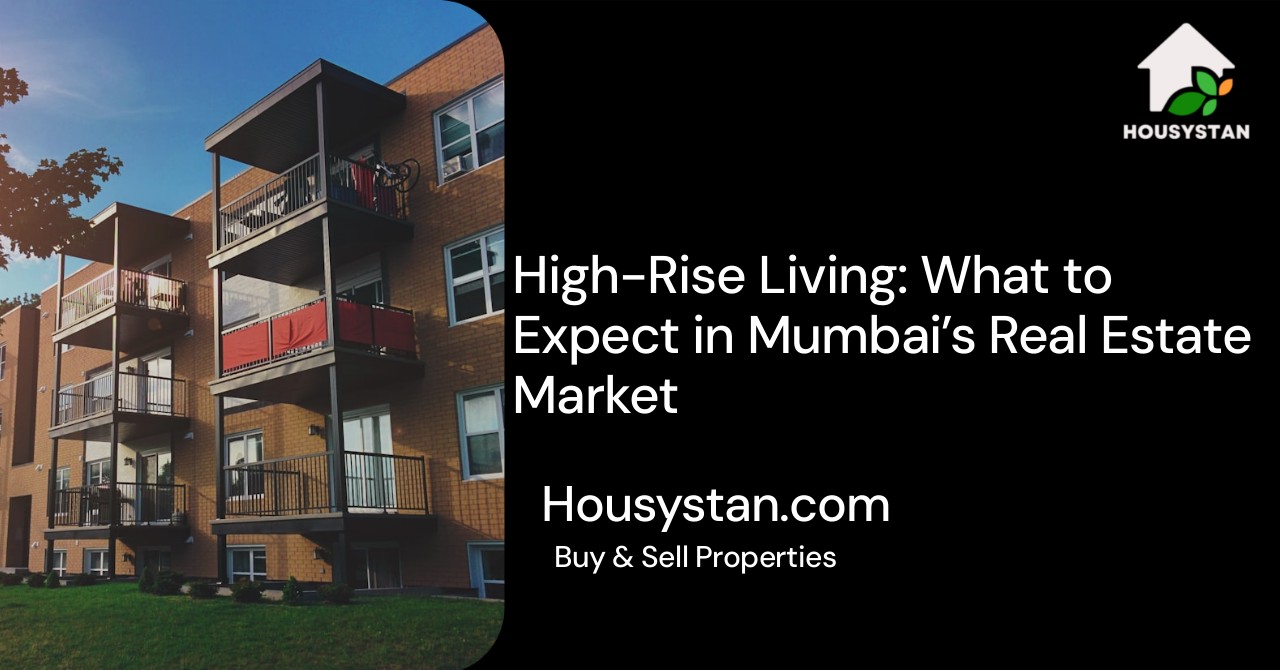High-Rise Living: What to Expect in Mumbai’s Real Estate Market
Read latest blogs and articles from Housystan

The Information mentioned here was last updated on:
28/12/2025High-Rise Living: What to Expect in Mumbai’s Real Estate Market
Mumbai, the bustling financial hub of India, is renowned for its iconic skyline of soaring skyscrapers. Over the years, high-rise living has become the norm in this vibrant city, offering residents a unique blend of luxury, convenience, and breathtaking cityscape views. If you are considering investing in or moving to Mumbai, understanding what high-rise life entails is crucial for making informed real estate decisions.
One of the primary advantages of high-rise apartments in Mumbai is the access to world-class amenities. Modern towers often feature swimming pools, fitness centers, landscaped gardens, children’s play areas, and 24/7 security. These premium facilities are designed to enhance the urban living experience, providing comfort and safety for families and working professionals alike. Additionally, many high-rises are strategically located in prime neighborhoods such as Worli, Lower Parel, Powai, and Andheri, offering residents quick connectivity to business districts, shopping malls, top schools, and entertainment hubs.
- Verified Tenants/Buyers
- Unlimited Property Listing
- Zero subscription/charges fee
Space efficiency is another significant benefit. With Mumbai’s ever-growing population and limited land, vertical development maximizes available space while minimizing the city’s ecological footprint. High-rise homes often incorporate smart layouts and modern interior designs, optimizing every square foot for functionality and style. Many apartments offer panoramic views of the Arabian Sea or the city’s dazzling skyline, creating a serene retreat above the urban bustle.
Safety and security are paramount in Mumbai’s high-rise communities. Gated complexes are equipped with advanced surveillance systems, access control, and professional security personnel, ensuring peace of mind for residents. Furthermore, these buildings are constructed with advanced technology and materials, adhering to strict safety standards to withstand Mumbai’s monsoon weather and seismic activity.
In summary, high-rise living in Mumbai epitomizes contemporary urban lifestyles, blending luxury, convenience, and security within the heart of the city. Whether you are a young professional seeking proximity to your workplace, a family desiring quality amenities, or an investor looking for appreciating assets, Mumbai’s high-rise real estate market promises exceptional opportunities and a vibrant community experience. Explore the city’s latest offerings to find a home that matches your aspirations and lifestyle needs in India’s most dynamic metropolis.